The science and engineering of materials Askeland 6th – 7th – 7th SI edition solution manual pdf
$23.00 – $30.50
Published: CL-Engineering
Edition: 6th ^ 7th ^ 7th SI
Pages: 295 ^ 456 ^ 482
Type: pdf ^ pdf ^ pdf
Size: 10MB ^ 10MB ^ 53MB
Content 6th & 7th: edition 6th chapters 1 to 23 problems answers | edition 7th chapters 1 to 23 all problem answers
Content 7th SI: includes Solution Manual, PowerPoint slides, and Knovel Problems & Solutions. Solution Manual covers all chapters 1 to 23 and there is one PDF file. The lecturer’s PowerPoint slides are available for all of the chapters too. Also, Exercises (Knovel Problems + Solutions) exists for all chapters and has 112 pages.
Sample: 6th sample file | 7th sample file | 7th SI sample file
Download After Payment
First Choose the edition type below, then add it to the cart
- Description
- Reviews (0)
Description
Description
Download Free The science and engineering of materials Donald r. Askeland 6th & 7th edition solution manual pdf | solutions When the relationships between the structure, properties, and processing of materials arc fully understood and exploited, materials become enabling—they are transformed from stuff, the raw materials that nature gives us. to things. the products and technologies that we develop as engineers. Any technologist can find materials properties in a book or search databases for a material that meets design specifications. for more ebook solutions click here.
The science and engineering of materials Askeland 6th & 7th edition solution manual pdf
but the ability to innovate and to incorporate materials safely in a design is rooted in an understanding of how to manipulate materials properties and functionality through the control of materials structure and processing techniques. The objective of this textbook, then, is to describe the foundations and applications of materials science for college-level engineering students as predicated upon the structure-processing-properties paradigm.
The challenge of any textbook is to provide the proper balance of breadth and depth for the subject at hand. to provide rigor at the appropriate level, to provide meaningful examples and up to date content, and to stimulate the intellectual excitement of the reader. Our goal here is to provide enough science so that the reader may understand basic materials phenomena. and enough engineering to prepare a wide range of students for competent professional practice.
Cover Art
1 he cover art for the sixth edition of the text is a compilation of two micrographs obtained using an instrument known as a scanning tunneling microscope (STM). An STM scans a sharp tip over the surface of a sample.
A voltage is applied to the tip:
Electrons from the tip are said to “tunnel” or “leak” to the sample when the tip is in proximity to the atoms of the sample. The resulting current is a function of the tip to sample distance, and measurements of the current can be used to map the sample surface. The image on the cover is entitled “Red Planet.” The “land” in the cover art is a three-dimensional image of a single layer of the molecule (H ATNA) deposited on a single crystal of gold, and the “sky” is a skewed two-dimensional image of several layers of a derivative (TRAP).
also deposited on single crystal gold and exposed to a high background pressure of cobaltocene. Both HATNA and THAP are organic semiconductors. They belong to a class of disc-shaped molecules, which preferentially stack into columns. In such a configuration. charge carrier transport along the molecular cores is enhanced, which in turn increases electrical conductivity and improves device performance. The color is false; it has been added for artistic effect. Ha of Princeton University acquired these images.
Audience and Prerequisites:
This Download Free The science and engineering of materials Donald r. Askeland 6th & 7th edition solution manual pdf | solutions text is intended for an introductory science of materials class taught at the sophomore or junior level. A first course in college level chemistry is assume, as is some coverage of first year college physics. A calculus course is helpful. but certainly not required. The text does not presume that students have taken other introductory engineering courses such as statics, dynamics, or mechanics of materials.

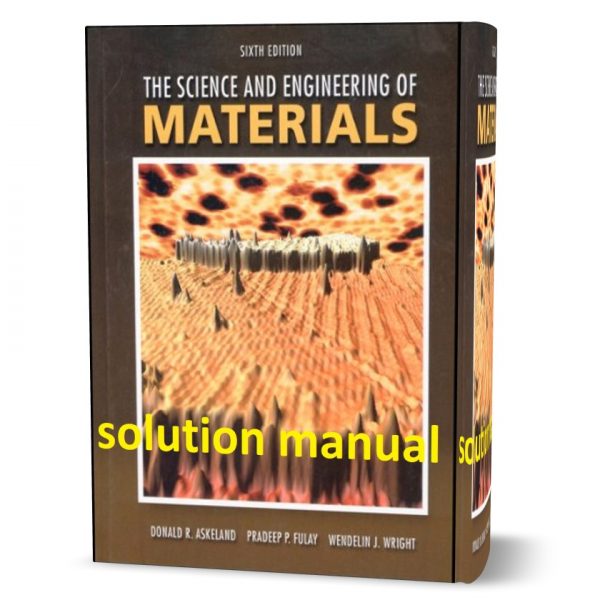

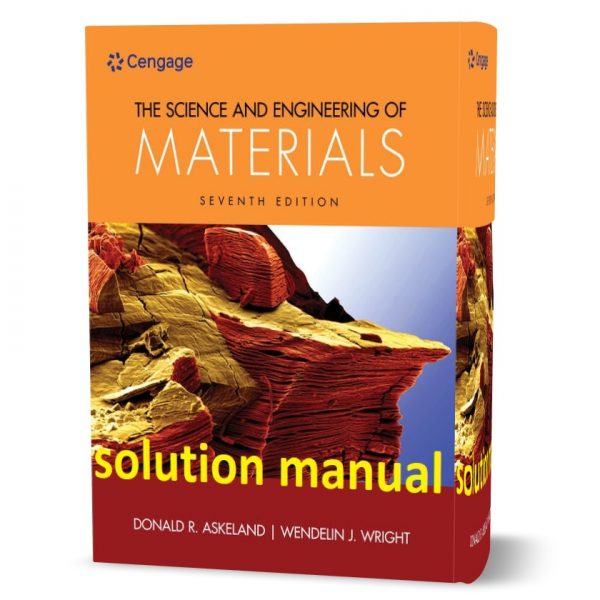

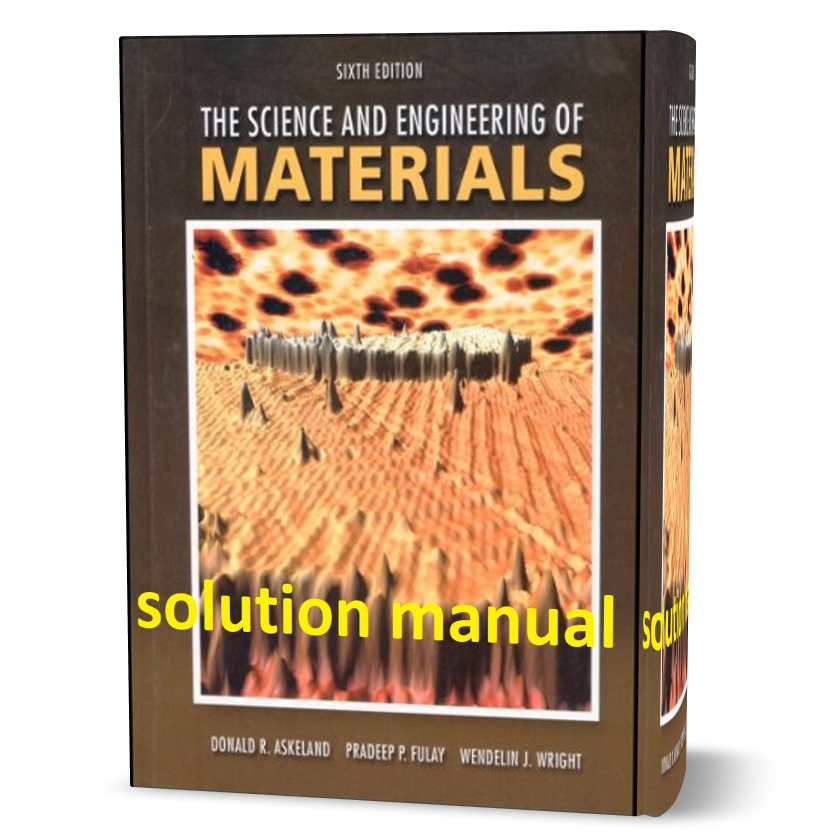
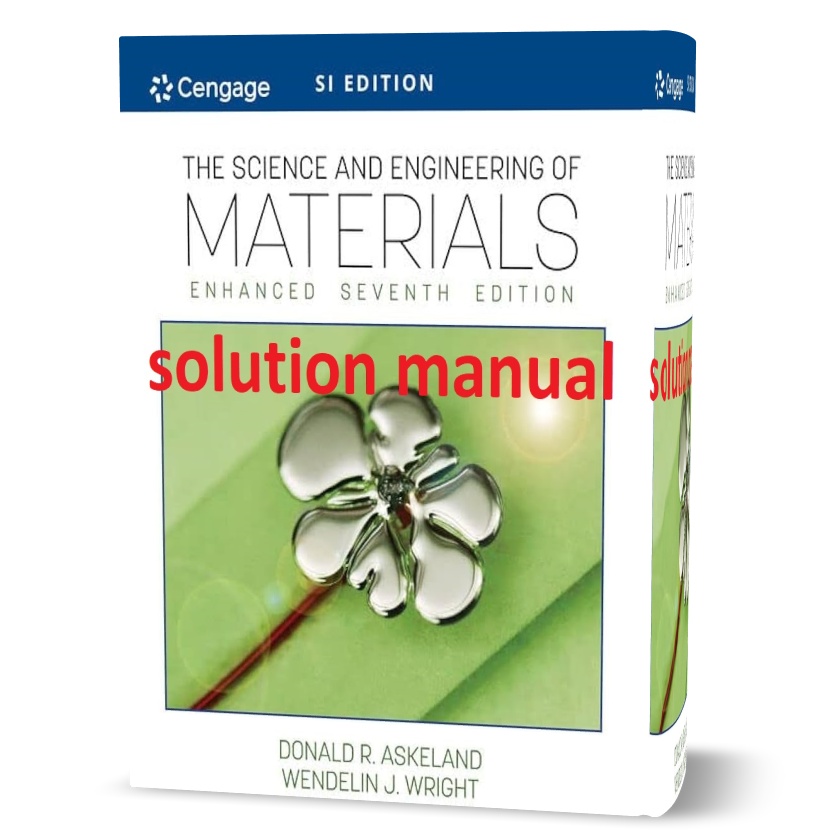
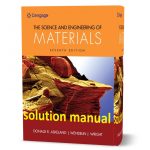
Reviews
There are no reviews yet.